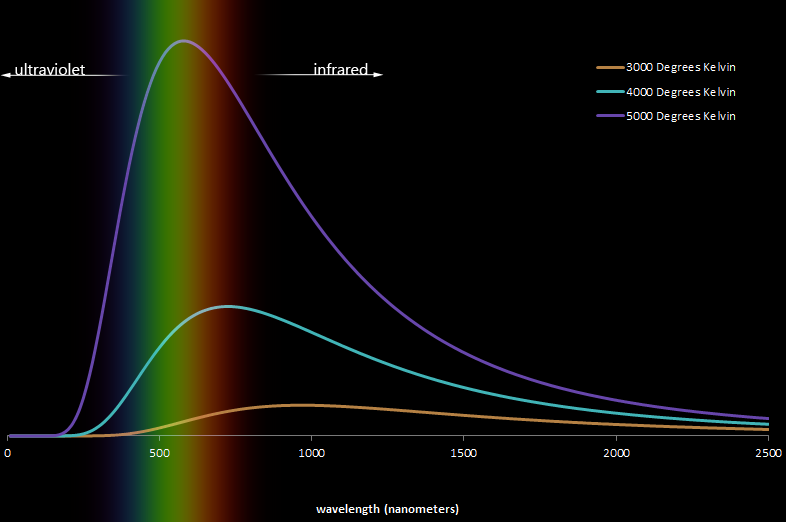Having actually read the OP now :roll:, let me just add a few comments. Every piece of fuel contains a certain amount of heat. These are all calculated and known via chemistry. How that heat is released is another matter. The heat in charcoal and the equivalent heat in gas will give you the same temperature. You can increase the amount of heat released by burning more fuel, just the same as you increase the speed of your car by giving it some more gas. Of course if you put two charcoal briquettes in your smoker, you'll have twice the heat potential as one briquette, but if these are placed together, then probably they will not burn as rapidly as the one briquette (you also have to be concerned with increased losses due to higher temperature, but more about that later), so the heat is distributed over a greater period of time and the resulting temperature would be less than two times. You can increase the rate of burning by increasing the amount of oxygen the flame receives by opening the vents. While increasing the rate of burn, this also increases the heat loss in your chamber. There is a reason they have do not place near open flame warnings on oxygen tanks. The oxygen doesn't burn, but it causes whatever is on fire to burn VERY rapidly and it will get extremely hot. I haven't seen anyone attach O2 tanks to their smokers to get a good sear yet, but I wouldn't be surprised if there are youtube videos.
The other factor in the equation is heat loss. If you have a very well-insulated cooker, and no heat escapes, then that temperature will just keep on rising. All real-world pits have heat loss. A stable temperature is achieved when the rate of heat loss equals the rate of heat produced -- in physics, we love steady-state solutions where losses balance gains and we can use equal signs. Generally, the amount of heat loss is proportional to the surface area of the pit. The bigger the pit, the greater the heat loss. If you have a great big pit, you're going to be burning a lot of fuel to get that same temperature. This is the advantage of insulation (and ceramic smokers). I know my heat loss is small on my Oval as I can put my hand on it and not burn myself. My major heat loss is through my vents. Of course there are additional energy sinks, like what is required to actually cook the meat you have in the pit, but I think these usually are relatively minor.
Other factors to consider are the type of pit. If you have an offset, your firebox is external and very hot compared to the rest of your pit. Heat loss is proportional to temperature differences. If you have a hot pit, you burn through a lot more charcoal, than if you have a cooler pit. You lose heat much more rapidly from the hot firebox than from the meat section (sizes being the same). This is why offsets tend to burn a lot of fuel and why they are difficult to use in winter. In winter, I can run my offset for about 3 hours at 250* on a load of fuel. However, if I reduced the temp to about 190*-200*, I could go all night and almost cook a pork butt. Not only do I save fuel, but I get a good night's sleep. Adding insulation helps tremendously. A thin gap of air between two sheets of metal, for instance, can cut your heat loss through the sides by 80%. Think of the argon gas in your insulating windows.
As the comments in this thread suggest, there are many more important factors than gas and charcoal.





